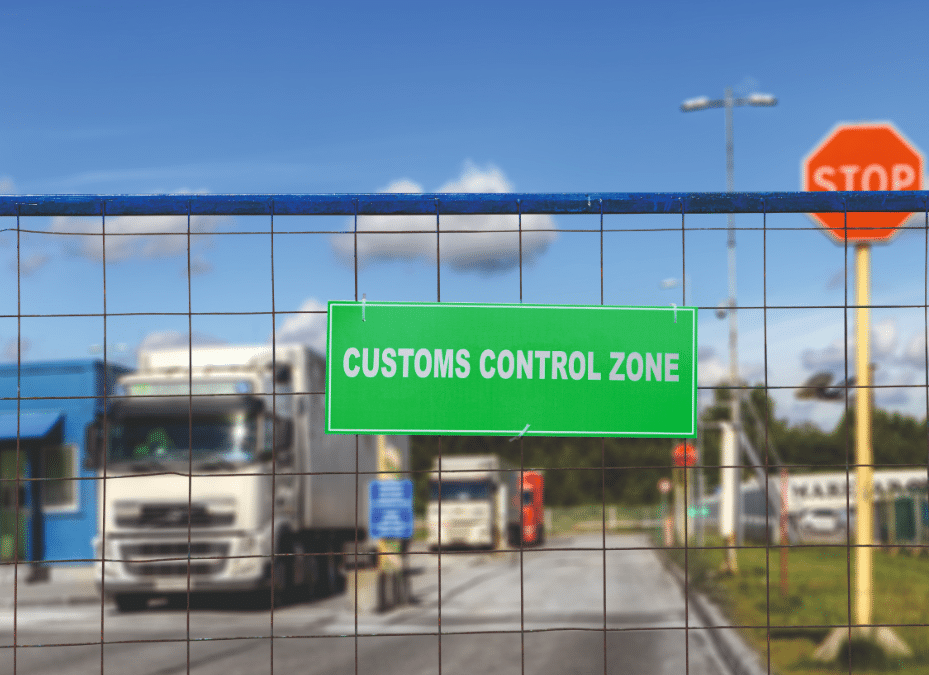The transportation of goods across borders and the performance of a transport service are closely linked to the observance of certain procedures and obligations, which result, among other things, from current legislation or safety rules. Also associated with such activities is the completion of relevant documents and payment of appropriate fees in relation to the quantity or type of cargo transported. Among such procedures is customs clearance. What types of customs clearance can be distinguished and how to facilitate the organization of the relevant documents to avoid negligence?
What does the type of customs clearance used depend on?
Customs clearance is designed to inspect items that enter or leave a specific customs territory, in order to promote the legality of commercial activities and compliance with the applicable rules. The manner in which customs clearance is carried out strictly depends on the particular situation, the needs of international trade, the type of goods, the applicable law, and the purpose for which the cargo is imported or exported.
What are the types of customs clearance?
Among the basic types of customs clearance can be mentioned such as:
- export clearance – is used when exporting goods outside the European Union and is intended to check the legality of the transport, verify the accompanying documentation and check that the exported products meet all customs and legal requirements set forth in the laws of both the country from which the transport originates and the country of destination. Export clearance is intended to protect the interests of both EU and non-EU countries,
- import clearance – applies to goods that enter the European Union. Under this procedure, a detailed inspection of the cargo is carried out, all documents are checked, and the appropriate customs or tax fees are charged and collected. Through the use of customs import clearance, it is possible to take care of the internal security of the community, as well as the legality of the goods that will enter or be used within the European Union,
- special procedures, among which can be specified transit, storage (including customs warehousing and free zones), specific use (temporary admission and end-use), processing (inward and outward processing, and import customs clearance under the 4200 procedure.
Import clearance under the 4200 procedure is a type of customs clearance concerning the import of goods from outside the European Union into the community, which is carried out through Poland. In this case, it is possible to take advantage of VAT exemption on imported goods if specific conditions are met.
How to ensure a smooth customs clearance process?
Many different documents are often needed for customs clearance, such as bills of lading, invoices, certificates of compliance with specific standards or certificates of origin for products. Missing some of the letters or errors in the records can slow down the clearance process, which often generates additional costs, delays and many other problems.
In order to take care of proper preparation for various types of customs clearance and thus avoid problems with the timely delivery of cargo, you can use the services of freight forwarders, shipping companies, as well as customs agencies that provide comprehensive services in this regard.
